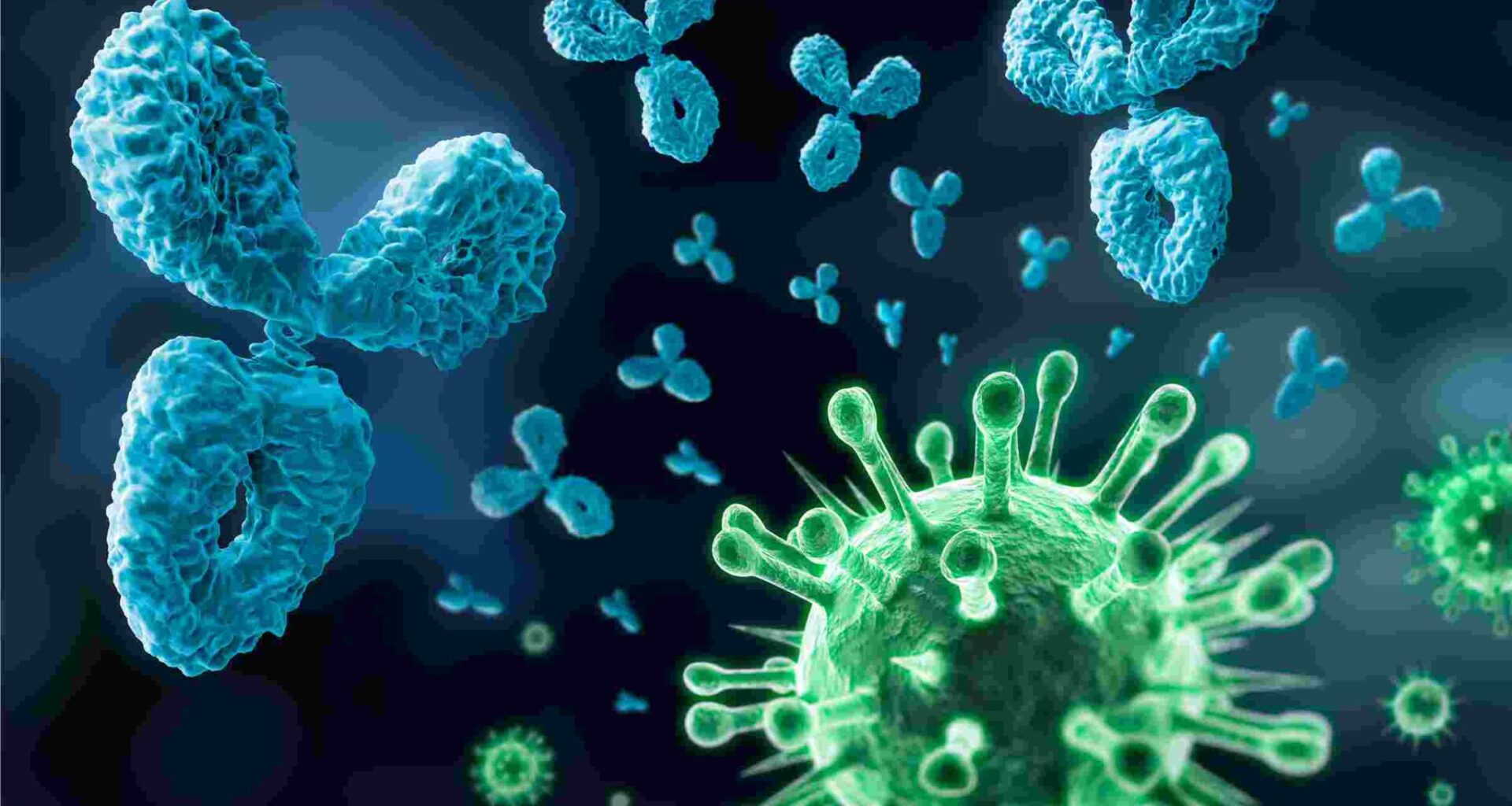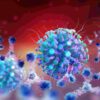Yeast is a single-celled and versatile microorganism that is widely used in various industries, such as brewing, food, and biotechnology. However, not all yeast strains possess the desired characteristics required for optimal production. Therefore, methods of yeast strain improvement have been developed to enhance the desirable traits of yeast strains and to benefit industries involving yeast.
Methods of Yeast Strain Improvement
There are several methods for developing new yeast strains, including traditional breeding, genetic engineering, adaptive laboratory evolution (ALE), and directed evolution.
Traditional Breeding
This method allows two different yeast strains to be mated in order to produce offspring with desirable traits, which has been used for centuries in the production of beer and wine. The process involves selecting parent strains that possess the desired traits and then crossing them to create offspring with a combination of the desired traits. Traditional breeding is time-consuming to obtain the yeasts with desired traits, however it remains a valuable tool for yeast strain improvement.
By changing the genetic makeup of the yeast to add or remove particular genes, this technique has been used to increase the production of ethanol, lactic acid, and other metabolites. The following steps are included in the genetic engineering process:
- Target Gene Identification: The first step is to locate the genes that are responsible for the desired attribute using genome sequencing or metabolic pathway research on yeast.
- Gene Modification: CRISPR-Cas9 or homologous recombination are two genetic engineering methods used to change the target genes.
- Verification of Mutants: The targeted trait is checked in the changed yeast strains.
Directed Evolution
Directed evolution by creating a library of mutants and screening for the desired trait, which has been used successfully to improve the properties of enzymes and other proteins. The process involves the following steps:
- Creation of Mutant Libraries: Mutant libraries are created by introducing random mutations into the yeast genome.
- Screening for Desirable Traits: The mutant libraries are screened for the desired trait, such as improved enzyme activity.
- Verification of Mutants: The selected mutants are verified to ensure that the desired trait is present.
Adaptive Laboratory Evolution (ALE)
ALE is a method of yeast strain improvement that involves growing yeast in a controlled environment with selective pressures to induce mutations that lead to desirable traits. This method has been used successfully to improve the production of ethanol and other compounds in yeast strains. The steps of ALE:
- Parent Strain Selection: The first step is to choose parent strains with appropriate characteristics.
- Controlled Environment: In a controlled environment with particular selection pressures, such as high ethanol concentrations, low pH, or high temperature, the yeast is produced.
- Selection of Mutants: To produce a new yeast strain with better qualities, desirable mutants are chosen and multiplied.
Advancements in Yeast Strain Improvement
CRISPR-Cas9 Technology
CRISPR-Cas9 is a powerful gene-editing tool that allows for precise and efficient modification of yeast genes. The CRISPR-Cas9 system has been used to modify genes involved in various metabolic pathways, resulting in yeast strains with improved properties, such as stress tolerance.
Multiplex Automated Genome Engineering
It is a high-throughput technique for enhancing yeast strains that enables the simultaneous alteration of several genes. In this method, artificial DNA oligonucleotides are used to introduce particular mutations into the yeast genome. MAGE has been applied to yeast strains to enhance the production of numerous substances, including fatty acids and carotenoids.
Adaptive Laboratory Evolution Coupled with High-Throughput Sequencing
ALE has been a powerful method of yeast strain improvement. However, the bottleneck of ALE has been the time-consuming process of identifying mutations responsible for the improved properties of the yeast strains. High-throughput sequencing technology has allowed for the rapid identification of mutations responsible for the desirable traits in yeast strains produced through ALE.
Machine Learning
Machine learning is a powerful tool that can be used to predict the effects of genetic modifications on yeast metabolism, enabling the identification of potential targets for strain improvement.



